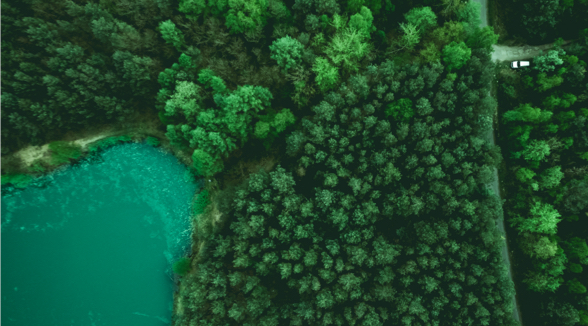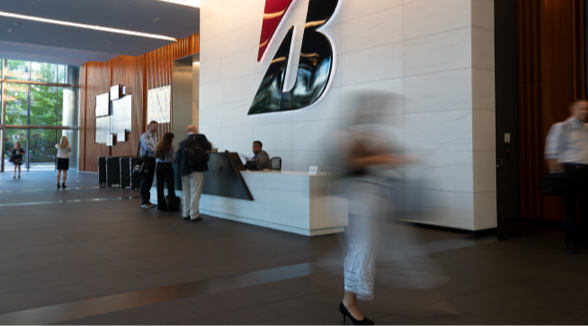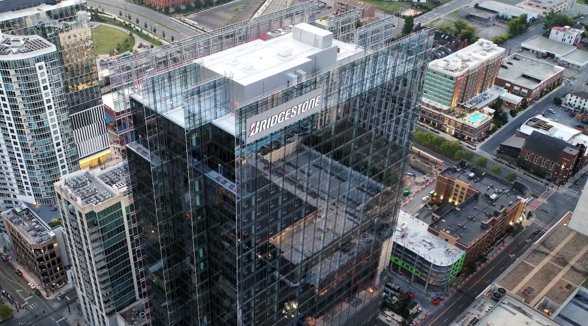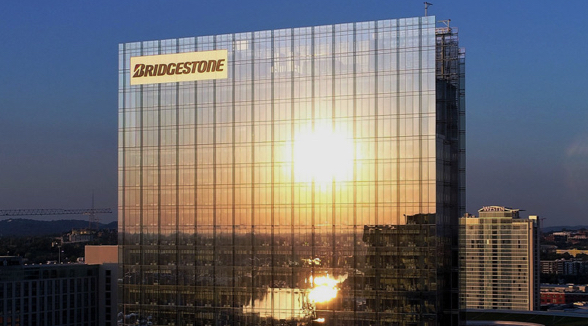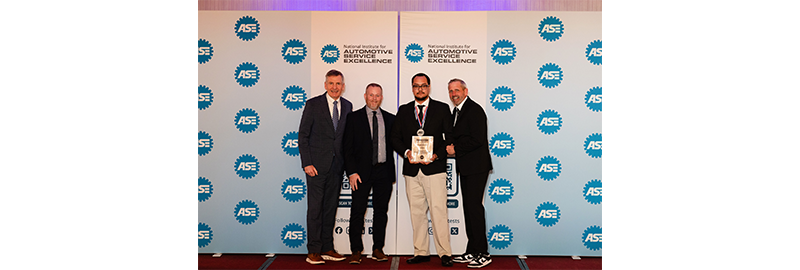Aligned with its overall commitment to social responsibility, Our Way to Serve, which has as a premise to continuously work towards a more sustainable society, Bridgestone is investing in the processing of organic waste produced in Camaçari’s plant canteen in Bahia. This was made possible by a biodigester that was recently installed in the plant, which converts food scraps into biofertilizer and biogas.
The biodigester can treat, on average, 15 tons of organic waste per month, depending on the density of the materials inserted. Its operation is based on the anaerobic decomposition (without the presence of oxygen), which results in biogas and a liquid rich in nutrients, the biofertilizer, which will be used in the green areas of the manufacturing unit. The idea is that, in the future, this fertilizer can be donated to the population to be employed in plantations. The biogas, composed mainly by methane gas and carbon dioxide, will be captured and converted into electricity through a generator.
Relying on this process, by the end of 2018, the company will have reached the mark of 99% of recycling of all organic and inorganic waste produced in Camaçari. “For Bridgestone, caring for the environment is an inherent commitment to every aspect of its business and aims mainly at creating a society that is constantly more conscious and sustainable,” says Marcelo Araujo, Industrial Director of the Camaçari plant.
On average, each tone of waste added to the biodigester produces 100 liters of biofertilizer, a volume that can vary according to the type of material and external conditions. This way, when it reaches its maximum capacity, the biodigester of Camaçari will provide up to 1,500 liters of biofertilizer a month, plus 25 to 50 cubic meters of biogas, an amount that is able to generate between 50 and 100 kWh/day of electricity.
In operation since April 2007, Bridgestone’s Camaçari plant has more than 800 direct collaborators and has many other ongoing projects focused on the environment, such as actions to reduce the emission of carbon dioxide and water reuse. In addition, it regularly promotes awareness activities among its teammates, aiming at raising awareness about the theme.


